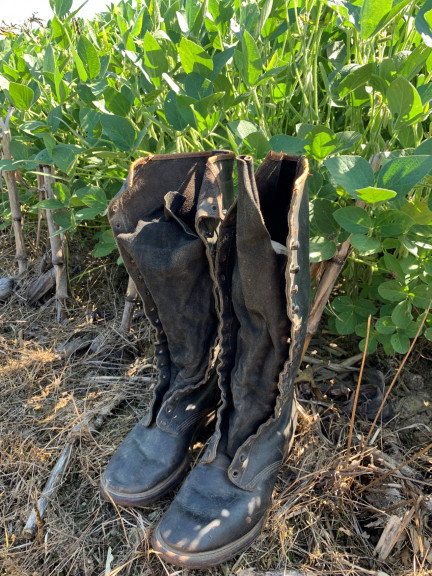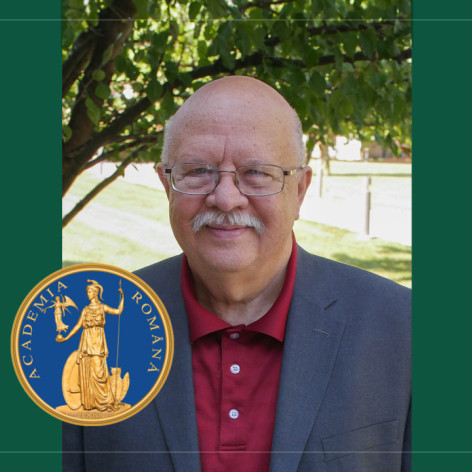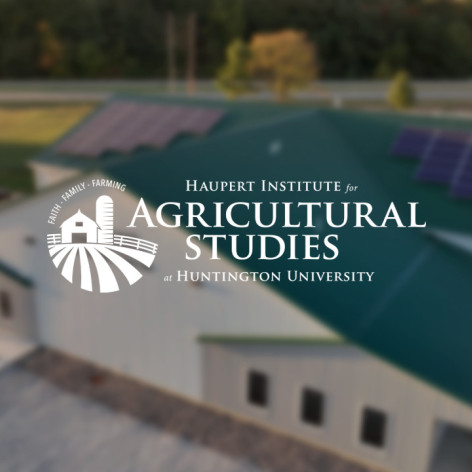100 Years of Soybeans

HUNTINGTON, Ind. — Along with the agricultural industry around the country, Huntington University is celebrating the anniversary of the soybean. According to the American Soybean Association, the First Corn Belt Soybean Field Day was held in Camden, Indiana, on September 3, 1920, and included tours and presentations that led to the formation of the National Soybean Growers’ Association (later renamed the American Soybean Association). This was an historic day in the ag industry, and Huntington University is still feeling those effects today.
Professor Fred Loew is the link that first connected Huntington University (then Huntington College) to the soybean. Not only did Professor Loew play a key role in promoting agriculture in northeast Indiana, but HU archives indicate Loew directed a regional Purdue Experiment Station and credit him with introducing soybeans to northeast Indiana.
According to the August 17, 1923, issue of The Huntington Press, Loew planted soybeans for the first time in 1920, the same year as the soybean field day in Camden. The article went on to say that in 1923 “Fred A. Loew, practical farmer as well as a successful teacher, is fully convinced of the merits of soybeans not only as a soil builder but from a commercial standpoint.” He planted 30 acres of the Manchu variety which looked promising for a large yield. Loew called the planting of soybeans, “a common sense method of building up your soil.”
Loew was a Huntington University (then Central College) graduate who became a botanist. But Loew wasn’t just a fan of plants: He was a collector of plants. In 1903, Loew founded an herbarium, and over the years he built the collection to include some 12,000 plant specimens. This herbarium is one of the oldest and largest herbariums at any Christian college in the Midwest and, in 2014, it was added to The New York Botanical Garden’s Index Herbariorum, a directory allowing researchers from around the world to contact the University to learn more about the collection.
But that’s not all Loew built at Huntington. In 1914 he founded an agricultural research station and created a botanical garden 23 years later at the college. From the herbarium to the botanical garden, Loew was the catalyst that planted the University’s commitment to theoretical science as well as the practical application of scientific research.
Today, we believe the Huntington University ag program would make Loew proud. We planted a 12-acre research plot of soybeans, along with 11 acres of commercial corn and three acres of sweet corn, in 2020.
Huntington University is a comprehensive Christian college of the liberal arts offering graduate and undergraduate programs in more than 70 academic concentrations. U.S. News & World Report ranks Huntington among the best colleges in the Midwest, and Forbes.com has listed the university as one of America’s Best Colleges. Founded in 1897 by the Church of the United Brethren in Christ, Huntington University is located on a contemporary lakeside campus in northeast Indiana. The nonprofit university is a member of the Council for Christian Colleges and Universities (CCCU).



